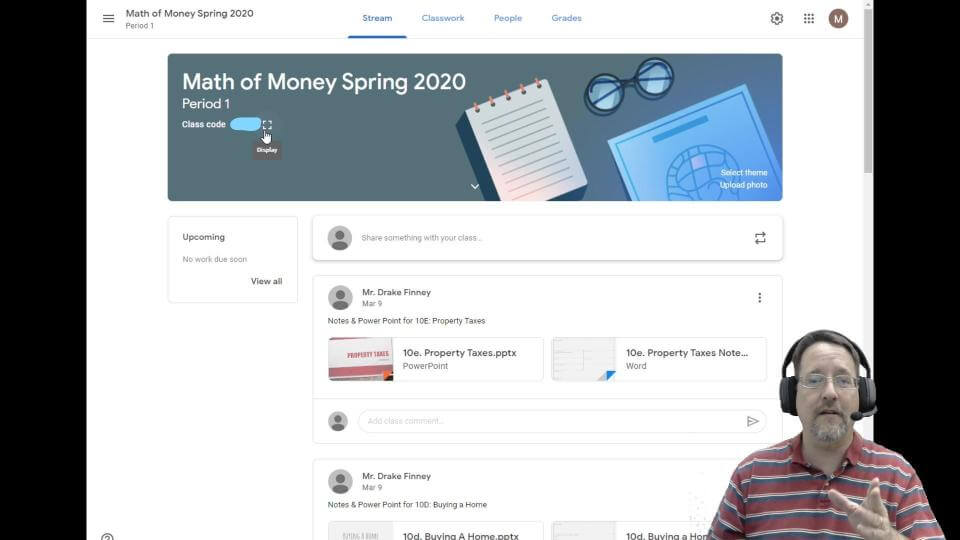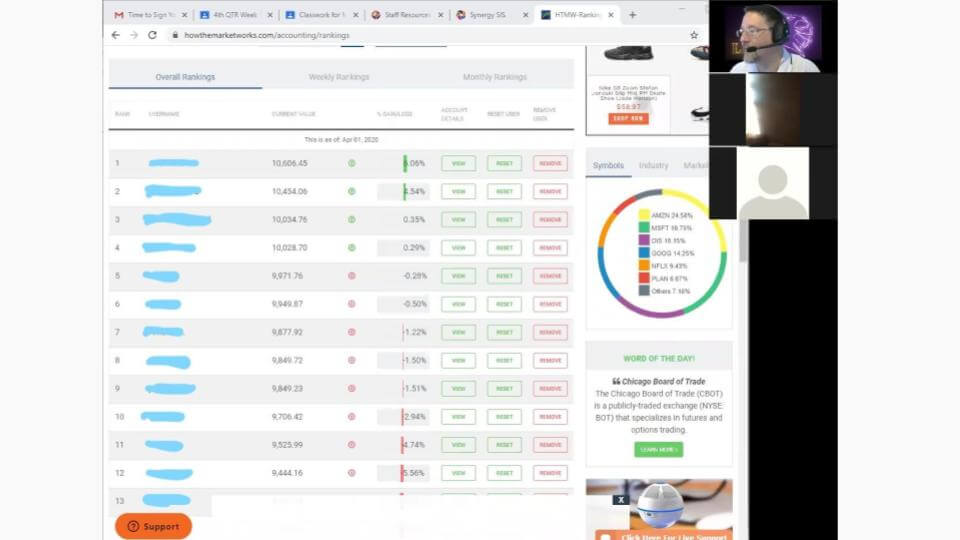10 Tips for Being A Better Online Educator
Being an online educator and leveraging the ability to enrich young minds with online education is something that is an entire learning opportunity on its own. Yes, teachers may need to deliver the same or similar outlines to their students as if they were in a traditional classroom, but the approach must be tailored to conform to the online culture so those students can grasp and retain the information delivered to them. With that as the core ideology of successful online learning, knowing how to be a great online educator is the key foundation to really fulfill your role and make a positive impact.
Whether you have always aspired to be a great online educator, or have been forced into the digital world due to the pandemic, here are 10 valuable tips to help you become the best virtual teacher that you can be.
- Don’t Be Afraid to Be Innovative
First and foremost, don’t be afraid to try out new ideas, concepts, and incorporate fun things, such as cool backdrops, to increase engagement. You never know what is going to work better than the other if you do not try. If you find that something is not working, simply switch it up.
- Prioritize Interaction and Engagement

- Take Your Student’s Learning Desires into Consideration
Though being innovative is ideal, that does not mean you have to work alone. Go ahead and ask your students what they want to obtain out of their online education. Asking for the kind of experiences they want and getting their insight is extremely helpful in creating a healthy space to learn.
- Offer One-on-One Zoom Sessions

Just like in-class lessons, some kids are not going to be as outspoken as others. If you find that someone is struggling with their grades and not speaking much, remediate that by offering one-on-one Zoom sessions for those kids to feel more comfortable asking questions.
- Have A Good Set Up
Though this might go without saying, make sure you have an excellent video set up. Your camera angle should be on point, your lighting should be balanced, and the space you are filming in should be distraction-free. In addition, make sure you are hypersensitive with your interpersonal skills; always look at the camera, make communicative gestures, and speak clearly.
- Send Out Regular Whole-Class Communications
In between your online sessions, make sure to send out regular whole-class communications each week. For instance, once or twice a week, remind your students of what assignments are coming up, ask them if they have any specific questions during these check-ins, and let them know what they should be preparing for with future assignments.
- Ask Students to Lead Discussions
This ties with the engagement factor noted above. If you allow your students to drive the class every so often and generate the discussions, it can enhance their overall experience. A schedule you can think about is having one class a week be run by a student. Rotate the leading student each week, and rely on them to become an expert on a particular subject to present to the class.
- Keep Close Connections with Parents/Guardians

- Take Time to Master Your Platforms Beforehand
Kids, especially those who are in middle or high school, are probably already well aware of how to navigate technology. Even if you are fluent too, make sure to test run your software and know how to use the tools on there, so you do not have to waste time trying to figure it out in the middle of a class. This not only can be embarrassing, but it can break the professional, organized tone you should be striving to have.
- Analyze Trends
After trying out a curriculum and particular methods for a couple of weeks, really sit down and see what the trends are. Are your students doing better or worse? Are they more active online, or are they getting distracted? In addition, how are you feeling about it? Take time to review your processes analytically so you can pinpoint areas that can be improved.
Conclusion
As you can see, traditional style classrooms and things such as Zoom classes are similar to an extent, but they need to be addressed in very different ways by the educator to be useful for students. With that being said, try implementing the tips provided above so you can start to morph into a better teacher for your online students. By taking the time to better yourself, you are inevitably becoming the catalyst for your students to become better as well.

